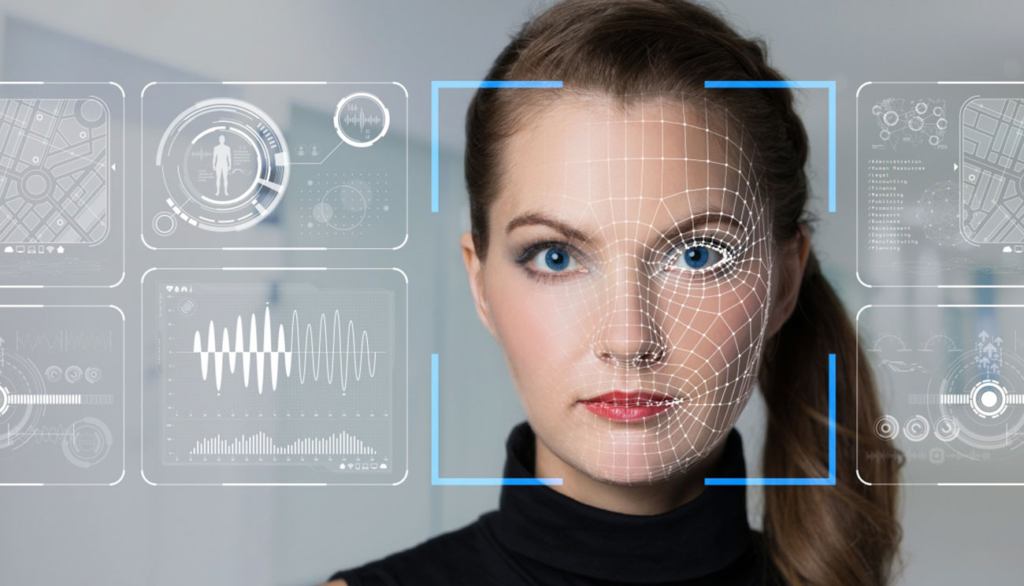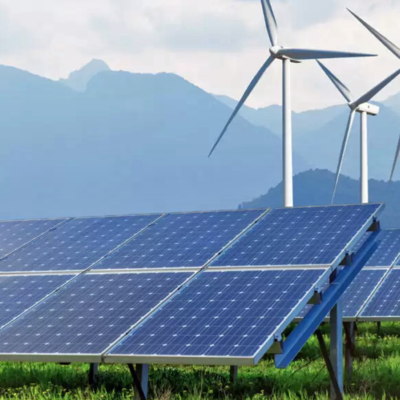Facial recognition technology is becoming more common in our daily lives. Whether you’re unlocking a phone, walking through an airport, or shopping in a store, chances are you’ve come across it without even realizing. This powerful tool can improve security and convenience, but it also raises serious concerns about privacy and misuse.
As governments and businesses adopt facial recognition systems at a fast pace, the debate grows louder. Should society embrace this technology for its benefits, or proceed with caution because of its potential dangers?
What Is Facial Recognition Technology?
Facial recognition technology (FRT) is a type of biometric system that identifies or verifies a person by analyzing facial features. It uses artificial intelligence and machine learning to map the unique structure of a person’s face and compare it with stored data in a database.
This technology can match a face in a photo or video with millions of stored images in just seconds. While it can offer great efficiency and security, its use raises critical questions about privacy, consent, and oversight.
How Facial Recognition Works
The process of facial recognition generally involves several key steps:
Image Capture
A photo or video of a face is captured through a camera. This might happen at a security checkpoint, ATM, or even a retail store.
Face Detection
The system identifies the location of the face within the image or video frame.
Face Mapping
The software analyzes the facial structure, measuring distances between eyes, nose, chin, and other features to create a faceprint — a digital version of the face.
Comparison
This digital faceprint is compared to images in a database to find a match.
Identification or Verification
If a match is found, the system either confirms the person’s identity or flags it for review.

Where Facial Recognition Is Used
Facial recognition technology is now being used in a wide range of industries and public services. Some common uses include:
- Unlocking smartphones and laptops
- Border control and airport security
- Law enforcement investigations
- Retail customer tracking
- Workplace and school attendance systems
- Financial services for identity verification
These applications highlight both the usefulness and the controversy of this technology.
The Security Benefits of Facial Recognition
Supporters of facial recognition argue that the technology can make societies safer and services more efficient. Some of its main benefits include:
Improved Public Safety
Law enforcement agencies use facial recognition to identify suspects, find missing persons, and prevent crime. It can scan live footage from cameras in real time to alert authorities when a known threat is detected.
Faster Processing at Borders
In airports, facial recognition helps process passengers more quickly. It can replace passports in some cases by verifying identities through cameras, reducing wait times and human error.
Fraud Prevention
Banks and online services use facial recognition to prevent identity theft. A person’s face becomes a secure way to verify access to sensitive accounts or financial transactions.
Contactless Convenience
In a world more focused on hygiene and convenience, facial recognition offers touchless access to buildings, devices, and services.
Personalized Customer Experience
Some retailers are exploring facial recognition to track customer behavior, personalize services, and improve marketing. While this raises privacy questions, it can also make customer service more effective.
The Privacy Concerns of Facial Recognition
While the benefits are clear, the concerns surrounding facial recognition technology are just as serious. Privacy advocates warn that, without strong rules, the risks could be far greater than the rewards.
Mass Surveillance
The biggest fear is the use of facial recognition for mass surveillance. In some countries, cameras track citizens everywhere, watching their movements, associations, and habits. This can lead to a society where people feel constantly watched, even if they are not doing anything wrong.
Lack of Consent
Many facial recognition systems operate without informing the public. People often do not know their face has been scanned or stored. This creates a serious problem around consent and personal rights.
Accuracy and Bias
Facial recognition software is not perfect. Studies have shown it performs poorly on people with darker skin tones, women, and the elderly. These errors can lead to wrongful arrests or discrimination, especially in law enforcement.
Data Security Risks
Once facial data is collected, it must be stored and protected. If hackers gain access to a database of facial images, they could steal identities or create fake profiles. Unlike a password, a person’s face cannot be changed once compromised.
Loss of Anonymity
In public spaces, people have traditionally had the right to be anonymous. With facial recognition, that anonymity disappears. The ability to track people without their knowledge changes how people behave and express themselves.
How Governments Are Responding
Governments around the world are starting to address the challenges of facial recognition with different approaches.
United States
Some U.S. cities, such as San Francisco and Portland, have banned government use of facial recognition. However, many police departments and federal agencies continue to use it, sparking legal battles and public debate.
European Union
The EU is creating laws to regulate artificial intelligence, including facial recognition. The General Data Protection Regulation (GDPR) already limits how biometric data can be used, and new rules could further restrict its use in public areas.
China
China has embraced facial recognition as part of its public security strategy. It uses the technology for everything from law enforcement to school monitoring and even public transport. While supporters argue it improves safety, critics say it undermines personal freedom.
India and Other Nations
India is building one of the largest facial recognition systems for law enforcement. However, human rights groups have warned about the risks of using such systems without strong data protection laws.
Finding the Right Balance
The challenge now is to find a balance between using facial recognition for good while protecting people’s privacy and rights. Some steps that can help include:
- Requiring clear public notice when facial recognition is used
- Setting legal limits on when and where it can be deployed
- Banning its use in sensitive settings like protests or religious gatherings
- Ensuring systems are tested for bias and accuracy
- Giving individuals the right to opt out or challenge false matches
- Creating independent oversight to monitor misuse
Technology itself is not good or bad—it depends on how it is used. With the right safeguards, facial recognition can serve society without putting freedoms at risk.
Conclusion
Facial recognition technology is changing the way we live, work, and stay safe. It offers powerful tools for law enforcement, faster access to services, and stronger identity protection. But it also comes with risks that cannot be ignored.
The potential for abuse, surveillance, and bias means we must proceed carefully. Clear laws, ethical standards, and transparency are essential. As this technology continues to grow, it’s up to governments, companies, and citizens to shape how it will be used.
The future of facial recognition is still being written. By balancing security and privacy, we can decide whether this tool will protect our freedoms or threaten them.
Do Follow USA Glory On Instagram
Read Next – Okta Subscription Backlog Growth Helps Earnings and Outlook






